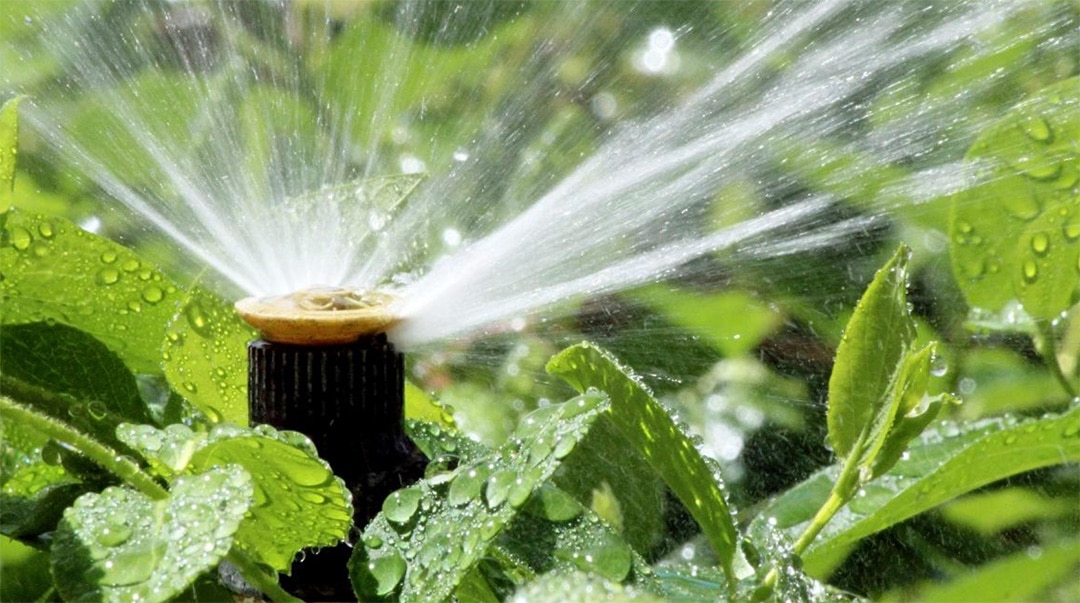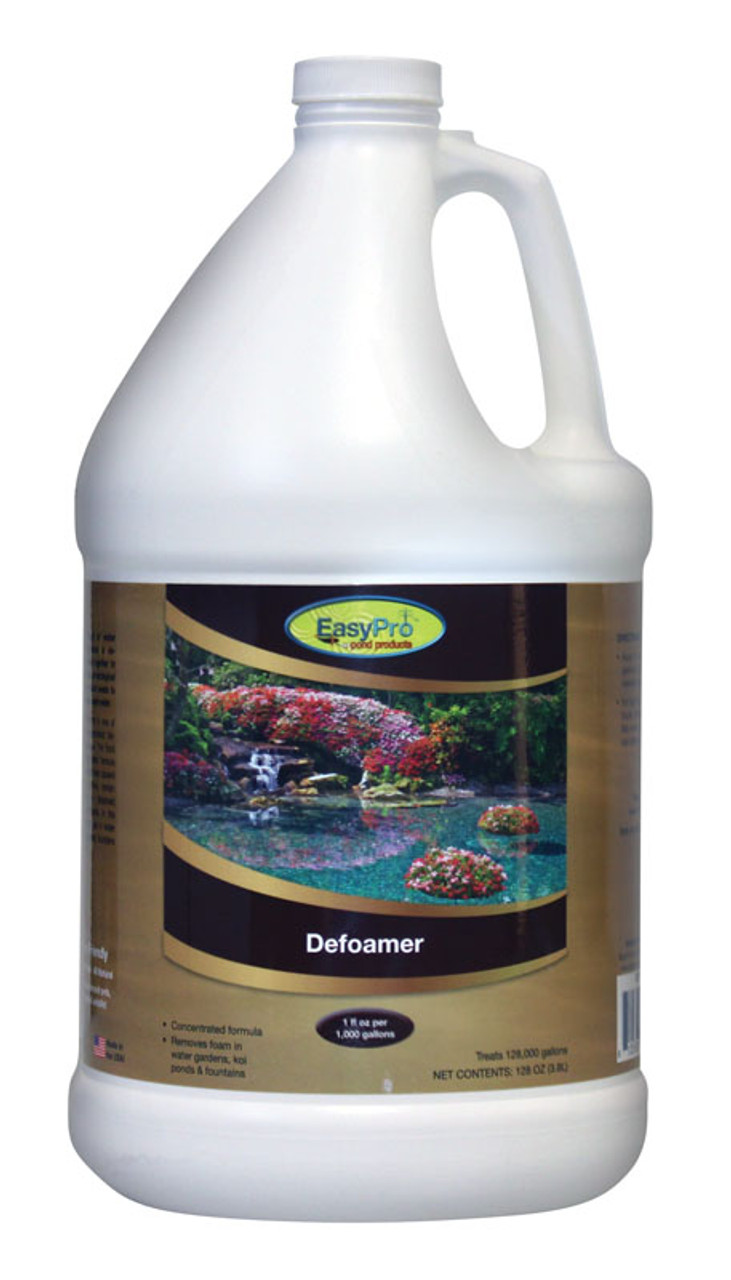Selecting the Right Defoamer for Your Specific Application Demands
Selecting the appropriate defoamer for specific application requirements is a nuanced process that requires mindful factor to consider of several elements, such as the foam operating, tool, and type conditions. Recognizing the subtleties of defoamer efficiency-- including speed and perseverance-- while likewise accounting for regulatory and ecological factors is vital.
Recognizing Foam Formation
Foam development takes place when gas is caught within a fluid, developing a steady framework of bubbles. This sensation can considerably influence various commercial procedures, particularly in fields such as food production, pharmaceuticals, and wastewater therapy. The presence of foam can prevent mixing, reduce product high quality, and even cause operational ineffectiveness.
Foam normally develops as a result of a mix of aspects, including surface-active agents, frustration, and the characteristics of the liquid stage. Surfactants lower the surface area stress of the fluid, promoting the development of bubbles that can support and coalesce. Anxiety, whether from mechanical mixing or gas intro, boosts bubble formation, causing raised foam quantity.
Understanding the mechanics of foam formation is essential for sectors intending to maximize their processes. By determining the details problems that advertise foam generation, organizations can execute methods to minimize its results. This expertise lays the groundwork for selecting ideal defoaming representatives that efficiently target the distinct challenges posed by foam in different applications. As a result, a thorough understanding of foam formation is crucial for improving efficiency and keeping item integrity across numerous markets.
Sorts Of Defoamers Available
Numerous kinds of defoamers are readily available to resolve the obstacles positioned by foam in industrial applications. defoamers. Generally categorized, defoamers fall under three classifications: silicone-based, non-silicone-based, and natural defoamers
Silicone-based defoamers are renowned for their efficiency and stability throughout a wide array of temperatures and pH levels. They are generally used in applications where solid foam reductions is needed, such as in adhesives, layers, and paints. Their low surface area tension allows for quick foam collapse.
Non-silicone-based defoamers, often made from natural compounds, provide an option for applications sensitive to silicone deposits. These defoamers can be further separated into polyether and ester kinds, each customized to meet specific formula requirements. Non-silicone defoamers are frequently used in food processing and individual care items because of their compatibility with different formulas.
All-natural defoamers, stemmed from plant or pet sources, are obtaining grip due to their green account. These items are particularly appealing in applications where regulatory compliance and sustainability are paramount, such as in agrochemicals and biotechnology.
Choosing the right sort of defoamer is important for maximizing efficiency and making certain compatibility with specific applications.
Secret Application Factors To Consider
When choosing a defoamer, it is vital to think about the specific application demands to make sure ideal efficiency. defoamers. Various industries have distinct needs, such as food processing, drugs, or wastewater therapy, and each application might need special defoaming residential or commercial properties
Key aspects to assess include the tool in which the defoamer will certainly be utilized, whether it is water-based, oil-based, or a mix thereof. The temperature and pH degrees of the application can likewise considerably influence the effectiveness of a defoamer. In addition, compatibility with various other chemicals existing in the system is critical to stop adverse responses that might jeopardize efficiency.
An additional essential consideration is the frothing actions of the particular system. Comprehending whether the foam creates quickly or gradually can lead the option of a defoamer that targets the origin cause successfully. The desired speed of defoaming can affect the selection, as some applications require quick action while others might endure slower defoaming procedures.
Finally, governing and ecological factors to consider need to not be neglected, particularly in sectors with rigorous compliance requirements. Choosing a defoamer that aligns with these elements makes sure both performance and safety and security in the application.

Performance Screening Methods
Examining the efficiency of a defoamer needs a systematic method to testing that accurately gauges go to this site its performance in particular applications. Various efficiency testing techniques can be utilized to determine the optimum defoamer for a provided formula.
One common technique is the bubble examination, which reviews the defoamer's ability to lower foam volume gradually. This test involves generating a stable foam and afterwards including the defoamer to observe the price of foam collapse. Another technique is the dynamic foam test, where foam is produced under regulated problems to imitate real-world application circumstances. This method offers understandings into just how the defoamer performs under differing shear problems.

Eventually, picking the suitable efficiency screening approach depends upon the particular application and the kind of foam being dealt with. Each technique offers beneficial data that can lead formula modifications and enhance the effectiveness of the defoamer in sensible applications.
Ideal Practices for Choice


Next, think about the defoamer's performance in terms of speed of activity and perseverance. A quick-acting defoamer may be necessary for processes where fast foam learn this here now suppression is essential, while a much more relentless solution could be needed for extended foam control. Additionally, examine find more info the ecological influence of the defoamer, including its biodegradability and any kind of regulatory conformity requirements.
Conduct trials with selected defoamers to identify their efficiency in real-world problems. By sticking to these ideal techniques, you can boost foam control performance and guarantee the durability of your processes.
Conclusion
In recap, selecting the ideal defoamer necessitates a detailed examination of different variables, including foam type, medium, operating conditions, and environmental considerations. Comprehending the special features of foam formation and the offered defoamer options is important.
Picking the suitable defoamer for specific application demands is a nuanced procedure that demands mindful factor to consider of multiple variables, such as the foam tool, operating, and kind conditions.Choosing the ideal defoamer is important for attaining optimum efficiency in foam control applications. A quick-acting defoamer might be necessary for procedures where quick foam reductions is essential, while an extra persistent solution might be required for prolonged foam control.In summary, picking the suitable defoamer demands a comprehensive analysis of different elements, including foam kind, tool, operating conditions, and ecological factors to consider. Recognizing the unique features of foam development and the available defoamer alternatives is critical.